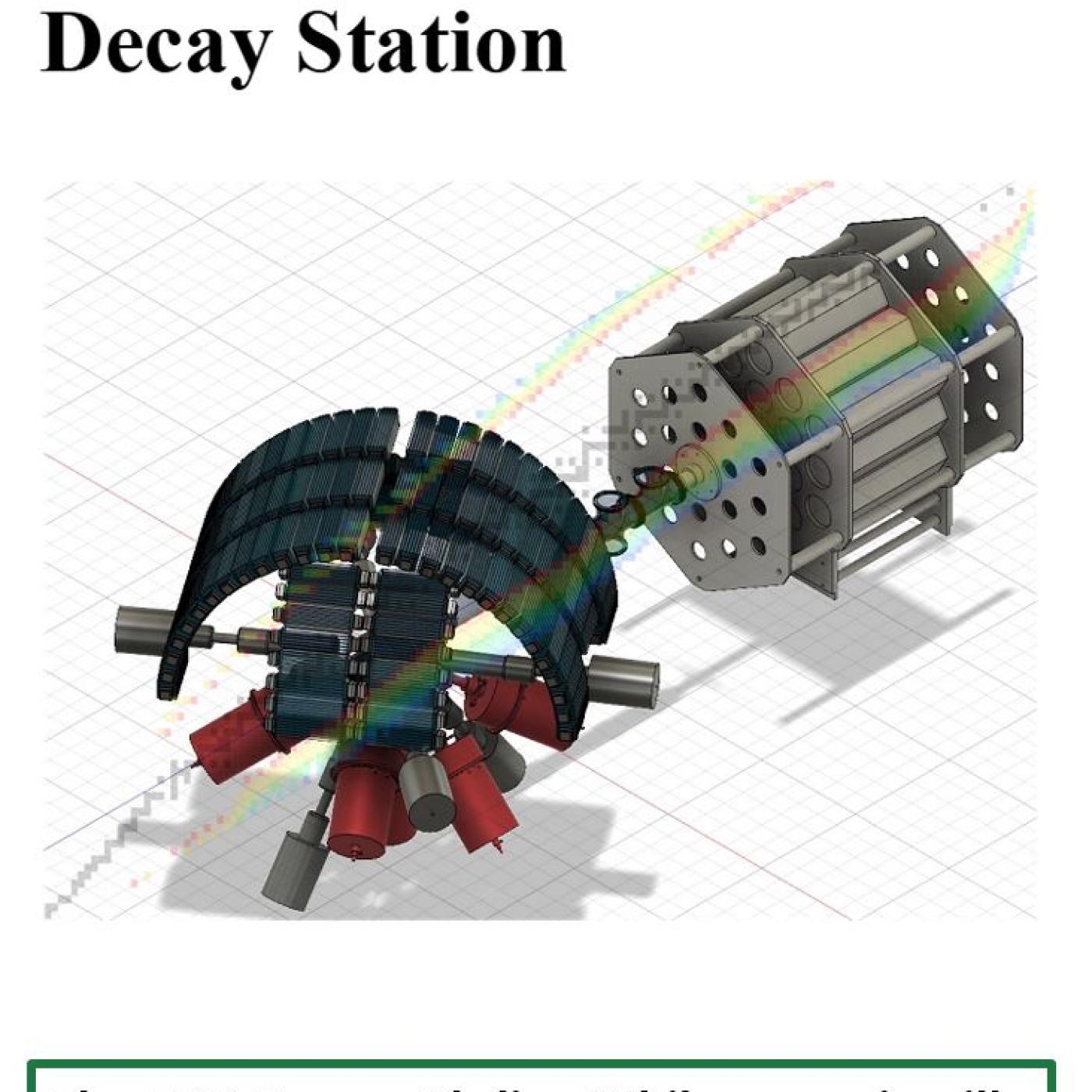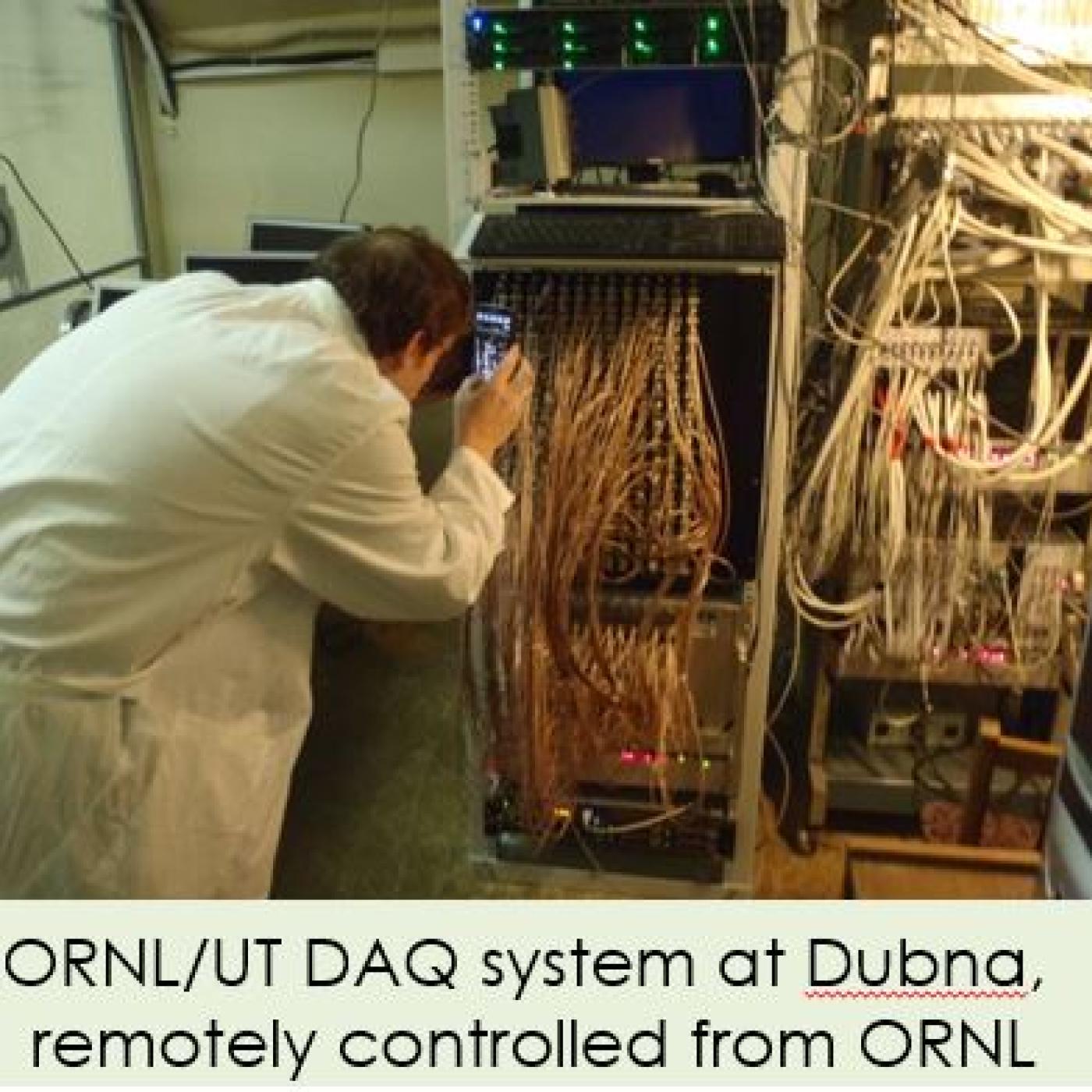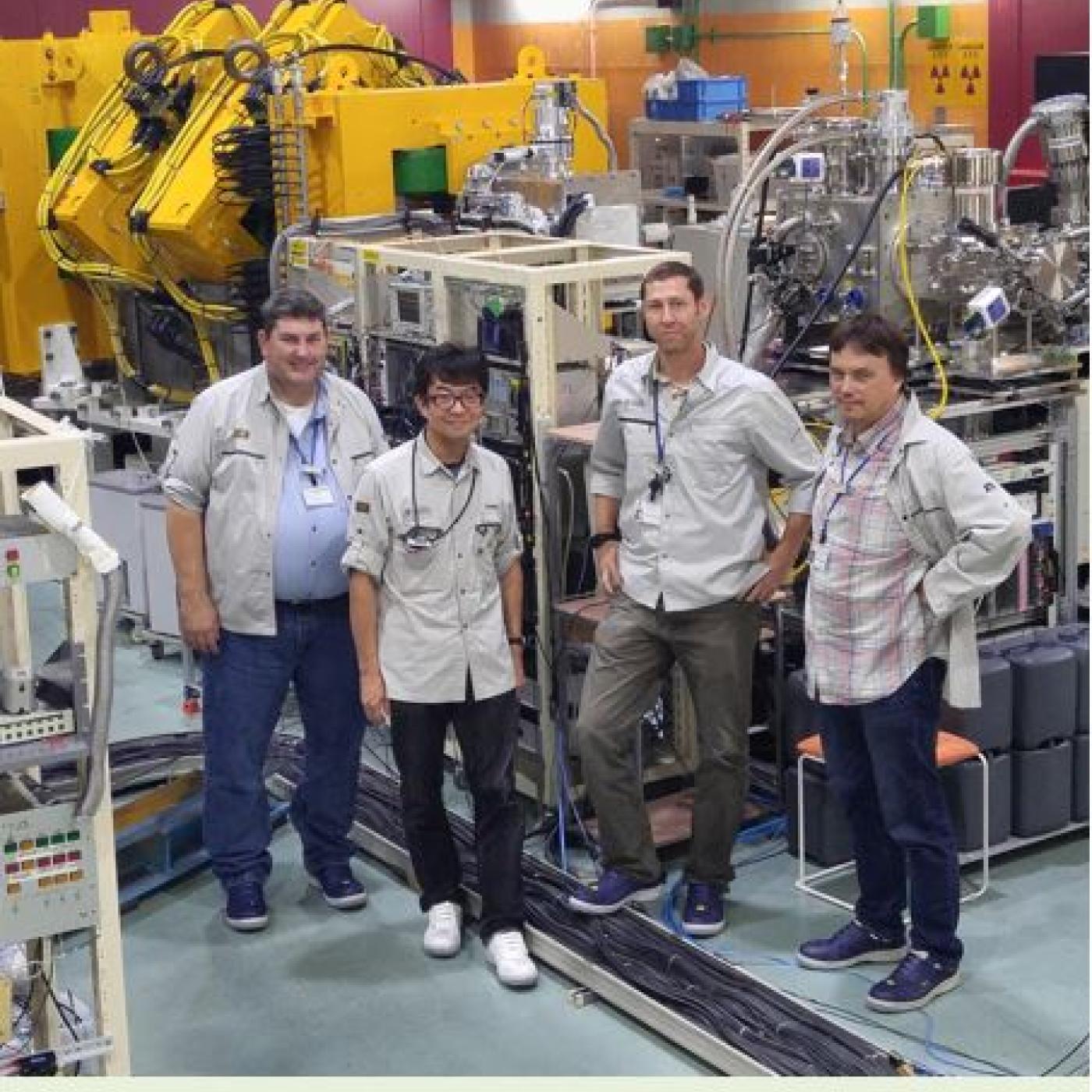The Low Energy Nuclear Physics Group performs world-leading research to determine the structure and decay of exotic and superheavy nuclei. Their experiments address issues of critical importance to the mission of the DOE Office of Nuclear Physics, and are fully aligned with the latest Long Range Plan for the Nuclear Science community. Group members use the most sophisticated gamma-ray, charged-particle, and neutron detection systems to measure properties of exotic nuclei at accelerator facilities in the U.S. and abroad. Their work has applications in a wide variety of fields including reactor physics, neutrino physics, homeland security, and isotopes.
Research
The research focus of the Low Energy Nuclear Physics Group includes understanding the decay of exotic nuclei, the structure of neutron-rich and proton-rich nuclei, and the laboratory formation of heaviest nuclei. Through utilization and development of the techniques of decay spectroscopy, total absorption spectrometry, and in-beam spectroscopy, they are significantly advancing our knowledge of nuclei at the extremes, the new frontier of nuclear physics. A recent notable accomplishment includes a series of measurements of fission fragment beta decay, which reduced the reported 95% deficit of observed anti-neutrinos, but enhanced the observed 10% excess of detected high-energy anti-neutrinos. Group members also played a critical role in the discovery of element 117, “Tennessine”, one of the heaviest elements known to man. The Group is also leading the development of a Decay Station for use at the Facility for Rare Isotope Beams (FRIB).





